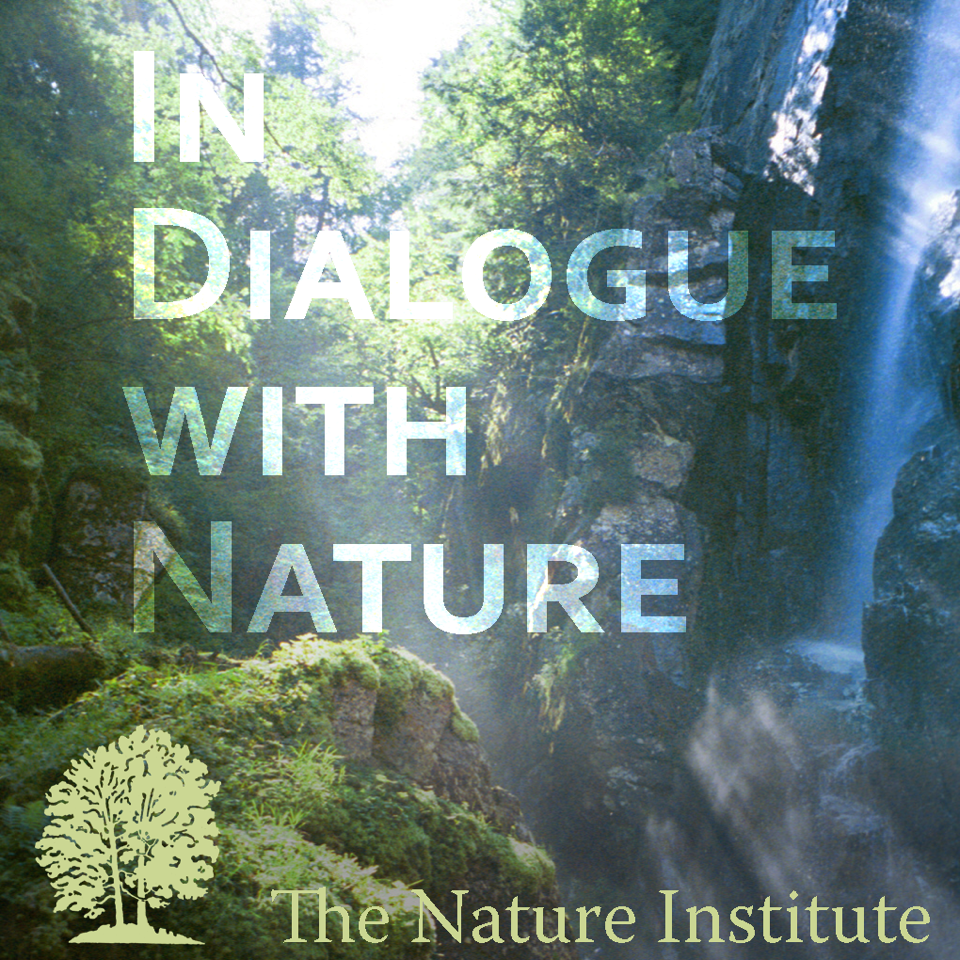“The question is not what you look at, but how you look and whether you see.”
— HENRY DAVID THOREAU
The spring 2024 issue (#51) of our biannual publication, In Context, has just been published in print and online. New writings by our staff include an exploration of our understanding of the agency of biomolecules; a feature surveying current and possible views of plant intelligence; and a review of a new book, The Properties of Life. You’ll also find a special piece by one of our recent fellowship researchers on early spring coloring in oaks and maples.
In this recorded live talk at the institute, entitled Living in the Present: Practices for Being In and With Nature, Ryan Shea explores ways in which we might receive the capacity of presence directly from nature by working with lessons from plant and animal teachers.
In addition to publishing our staff’s work relating to Goethean Science and Phenomenology on this site, we also periodically showcase the work of others in the field. A new such addition to our Writings By Author section is the work of Mark Riegner PhD, who taught Ecology and Evolution for 35 years at Prescott College in Arizona, and has authored two insightful articles that you can link to from here.
About The Nature Institute's Mission — In this short video, Craig Holdrege, the director of The Nature Institute, asks the fundamental question "Do we really see the world?" The mission of the institute is to cultivate that seeing and to develop practices to transform our sensibilities and thinking in order to understand the living character of the world.
~Featured~
Springing Into Color
In early spring, I arrived in a landscape I thought I knew and yet felt I was seeing for the first time. Stripped of color and lacking contrast in the overcast light, the wooded hillsides held a quiet permeability, allowing my gaze an unobstructed view through clusters of gray trunks and interwoven branches that extended deep into the forest. My experience of distance across the landscape, between objects within the landscape and my proximity to them felt stretched and distorted in this canvas of gray and muted tones. I felt unsettled and restless, my eyes hungrily scanning for signs of color. . . read more
News From The Institute
Read here about recent staff activities at the institute as well as internationally. Among other things, our work in the past months has explored teaching climate change; engaging in Goethean practice; and the value of projective geometry in contemporary life.
We recently expanded and redesigned our online Bookstore to better serve you and to offer titles from other Goethean authors whose work we value. We encourage you to browse or contact us with any questions.
UPCOMING EVENTS
Drawing into Nature, Spring 2024
A 6-session course with artist/educator Ella Lapointe
Tuesdays, May 7 - June 11 4:30 - 6:00 pm
From a Reader…
Dear Craig,
I’ve never written a message to a stranger before but after reading your “Story of an Organism: Common Milkweed” I really needed to tell you what an exceptional job I thought you did in explaining the biology of this plant. The science was complete without being overwhelming and I was so grateful for the accompanying photos. I could clearly understand what you were saying by seeing the actual plant and it’s relevant parts. I found your article while searching for an aerodynamic explanation of how milkweed seeds float and disperse. Although I wasn’t able to find anything on milkweed specifically, I did find a fascinating explanation of dandelion seed vortexes.
I’m grateful to have found The Nature Institute on this trip down the “Google hole” and have added my name to your mailing list. Thank you for your thoughtful work.
- Franki Brinkman








